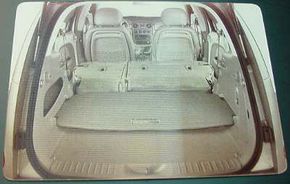Motion cards are appearing everywhere these days. They have been around for some time, but have increased dramatically in the number of images on a card in recent years. Early versions only had two or three images, but new ones can hold enough images to simulate a couple seconds of video!
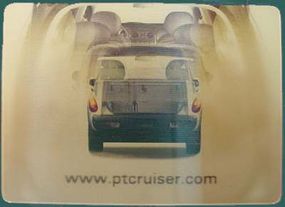

Motion cards use a special technology called lenticular printing. This process takes a batch of images and prints alternating strips of each image on the back of a transparent plastic sheet. The plastic sheet has a series of curved ridges. Each curved ridge is a lenticule. When light passes through the plastic sheet, it is reflected from smooth white paper under the plastic sheet.
Advertisement
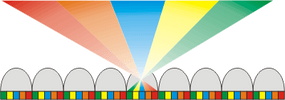
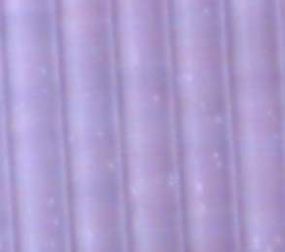
The returning light passes through the image strips printed on the plastic sheet. The lenticule is made in such a way that it refracts the returning light at a specific angle and magnifies the image. The strips are aligned so that all of the strips for a particular image are refracted to the same point. Because of the refraction and magnification, what you see is a single, complete image that appears to cover the entire card. As you change the angle of the card in relation to your line of sight, you see the different image strips as a series of complete images.
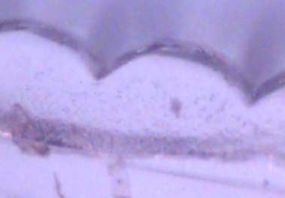
To learn more about motion cards, be sure to check out the patents on the process and the printing mechanism.
These links will help you learn more:
Advertisement
